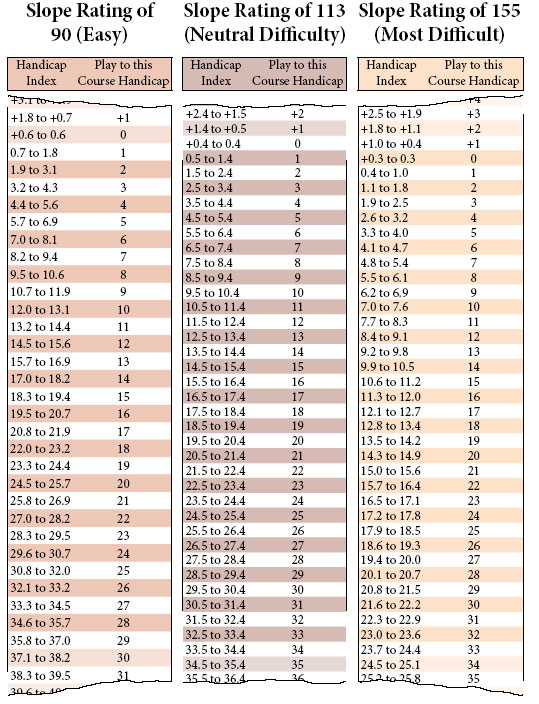
Over the last few issues, I’ve noted how Covid-19 has been an unexpected boon for golf. Not only has it boosted our playing numbers, but it also “forced the hand” of the R&A (and the wider golf industry) to adopt many game-improvement changes/adjustments. Among these are the removal of bunker rakes (leading to improved playability, faster rounds and reduced maintenance costs), adjusted competition days (more people are working from home, and thus able to play beyond the usual Wed/Sat comps, etc) and virtual scoring/technology, etc.
That last point, notably around digital scorekeeping, has been lurking in the shadows for a couple of years, and only burst onto the scene as sharing/marking paper scorecards was not allowed due to Covid precautions, etc.
Digital products like MiScore, GolfGenius and other apps on the market have seen a boost in popularity and adoption, and more clubs and players are now cottoning on. While there are still a few kinks to be worked out regarding these systems, one thing is clear: they are here to stay, and even the luddites among us who’d originally scorned the mere suggestion of the technology are now realising how beneficial the system is to the game.
That’s right – it’s a “don’t knock it ‘till you try it” scenario.
With that in mind, I feel it’s time to push forward with an idea that I originally suggested nearly five years ago, yet has not been addressed by the powers-that-be at Golf Australia: Virtual Indexing and Slope Ratings.
In past articles (“State to State, a Slippery Slope”, and “It’s time to get Real about Slope and Indexing” ) I have mentioned how ridiculous it is that the majority of course slope and hole index ratings are not reflected by real data. In most cases, the slope of a course (which compares its relative difficulty between a scratch marker and a bogey golfer) has been determined via a “best guess” scenario, where a GA person/team visits the course, and evaluates the hazards/playability/difficulty, but does not play it. As most of you would know, you simply cannot judge a course without playing it. While you can inspect a landing area 200m from the tee, and try to estimate where a ball will go, there is simply no substitute for actually playing the course, watching where the ball bounces, etc. THEN, you need to find a way to apply this knowledge and playability to ALL SKILL LEVELS. From high- to mid- to low-markers. Again, you can “estimate” how a high marker may play a specific hole or holes, but there is no substitute for actual course/player data.
This is also apparent for hole indexing, which effectively ranks all holes on a course from hardest to easiest. With a few exceptions, most hole indexes on our courses were determined via a “best guess”, and have little-to-no transferability between skill levels. A hole which plays “hard” for a 9-marker may not necessarily be as difficult for a 36-marker (i.e. with placement of bunkers, hazards or whatnot). And that doesn’t even take into consideration how each hole is played via the various tee boxes – from yellow, red, white, blue, black (etc), for each gender. So how does your 12-index hole stack up, say, for a 9-marker woman, playing from the Black/Tiger tees versus a 36-marker man playing from the Yellow/Forward tees? Or vice versa?
Without actual data, we are only guessing.
Luckily, we already have that data at our fingertips. Golf Australia has all the data for every round played by every player, every day from (nearly) every tee at every course. With a few keystrokes and number crunches from GolfLink, we can see, with 100 percent certainty, how a hole/course fares when played by any level of golfer. It is thus a very simple prospect to determine, precisely, the indexing of each hole for golfers in each skill level, and the correct slope of an entire course versus any other course in the country, when played by any level of golfer. It would then be a simple matter of your daily course handicap (or even your own “virtual” hole index) appearing in your digital scorecard. This could even be adjusted more accurately if you are playing matchplay, vs Par, etc.
So why on Earth aren’t we doing this? When I mentioned this idea to a GM a short time ago, they responded with “Well, we have a lot of scorecards already printed up, so we wouldn’t want to waste those.” While I understand the cost of things like scorecards are important to a club, I found it quite ludicrous that any club (or governing body) would eschew a potentially ground-breaking idea in order to save a few cents.
And where is Golf Australia in all this? Well, they did note in a document many years ago that there is scope for creating a data-driven system such as this, but as yet they have not seemingly moved forward with anything.
I believe today (as I did all those years ago) that Australia is uniquely positioned to display some “on the front foot” leadership and lay the groundwork for a cutting-edge, world-first, data-driven system regarding golf technology. Not only would it be good for our country, but it would be great for the game.
See you on the (Virtual) fairways
Richard Fellner













0 comments